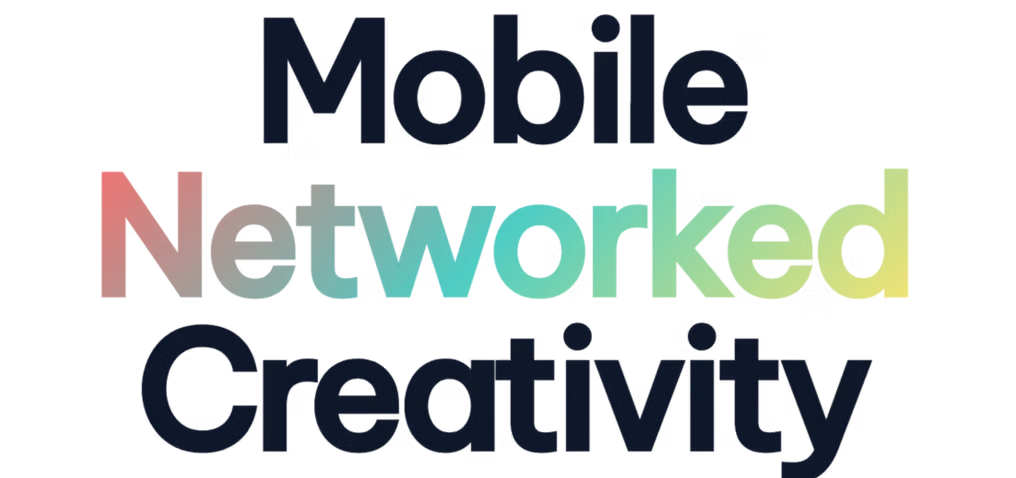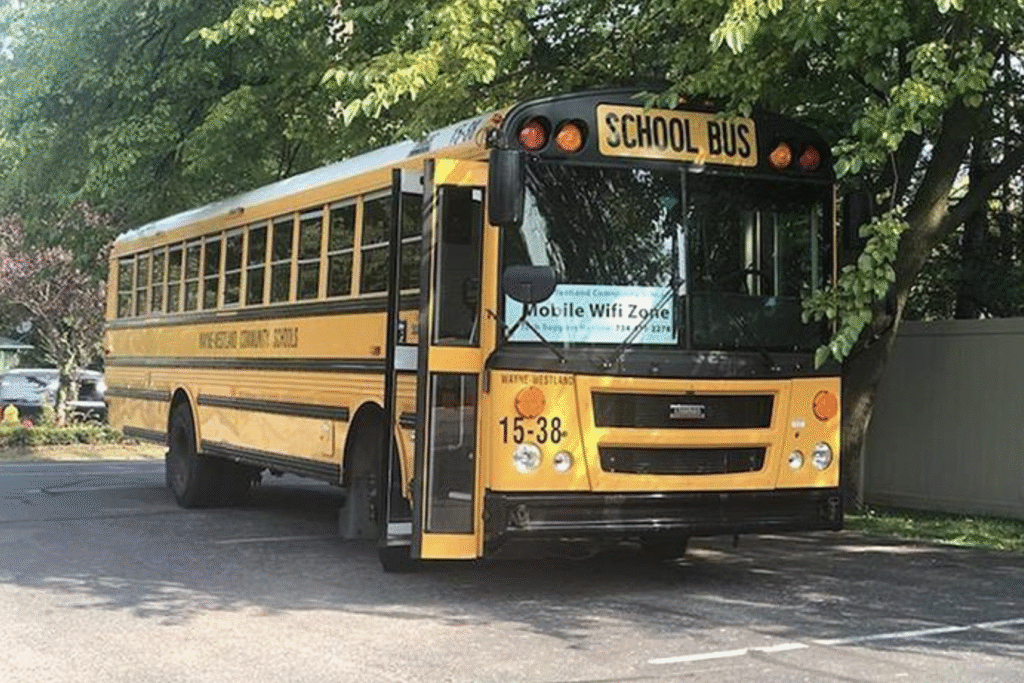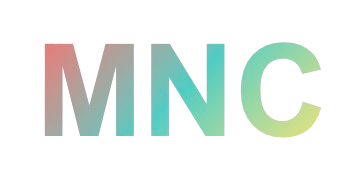
Occurring between people and technology,
Mobile Networked Creativity (MNC)
highlights how unplanned uses of
mobile technologies reveal creative practices,
especially where people have limited
access to technologies.
Creativity is a "hot"
topic nowadays.
An increasing number of trade publications aim at teaching people
"how to be more creative."
But this approach to creativity is embedded within capitalist modes of production and consumption: creativity is a catch all word for enticing people to work harder, beat the competition and be successful in the workplace.
But creativity also happens outside of this traditional view.
Creative practices emerge within situations of hardship, where there is a lack of time, money, and resources. When slum dwellers in favelas or forced migrants in make-shift dwellings repurpose technology to improve their living conditions, they are not only appropriating technology: they are collectively recreating their context with technology and re-inventing themselves.
Mobile Networked Creativity is a creative process that relies on networked resources and mobility within an environment that connects people and technologies.
For example, in the Zaatari refugee camp, where walking paths are unpaved and access to wheelchairs are limited, Safwan Harb looked to his surroundings to create an electric bike made from spare parts. In doing so, he wasn't just inventing a wheelchair-bike, but he was making mobility possible by re-creating himself alongside the mobile-wheelchair/bike.

Recent Case Studies
Wi-Fi on Wheels
Coachella Valley is an area in California that spans 1250 square miles of desert, which is about the size of the countries of Samoa or Cape Verde. The Coachella Valley Unified School District (CVUSD) is considered the second-poorest district in the country and among ......


The Habal-Habal
Documenting how families transform motorcycles into mobile living spaces, carrying multiple family members in creative configurations that challenge conventional transportation design and demonstrate resourcefulness in mobility solutions.
Mobile
Networked
Creativity
Occurring between people and technology, Mobile Networked Creativity (MNC) highlights how unplanned uses of mobile technologies reveal creative practices, especially where people have limited access to technologies.
Creativity is a "hot" topic nowadays. An increasing number of trade publications aim at teaching people "how to be more creative." But this approach to creativity is embedded within capitalist modes of production and consumption: creativity is a catch all word for enticing people to work harder, beat the competition and be successful in the workplace.
But creativity also happens outside of this traditional view. Creative practices emerge within situations of hardship, where there is a lack of time, money, and resources. When slum dwellers in favelas or forced migrants in make-shift dwellings repurpose technology to improve their living conditions, they are not only appropriating technology: they are collectively recreating their context with technology and re-inventing themselves.
Mobile Networked Creativity is a creative process that relies on networked resources and mobility within an environment that connects people and technologies. For example, in the Zaatari refugee camp, where walking paths are unpaved and access to wheelchairs are limited, Safwan Harb looked to his surroundings to create an electric bike made from spare parts. In doing so, he wasn't just inventing a wheelchair-bike, but he was making mobility possible by re-creating himself alongside the mobile-wheelchair/bike.
Recent Case Studies
RuneScape as a Platform for Creativity
Exploring how players of RuneScape demonstrate mobile networked creativity through community gatherings, collaborative events, and creative expressions within the game's virtual spaces, challenging traditional notions of digital creativity.
Explore Case Study →Mobile Living: Transportation as Home
Documenting how families transform motorcycles into mobile living spaces, carrying multiple family members in creative configurations that challenge conventional transportation design and demonstrate resourcefulness in mobility solutions.
Explore Case Study →